Traditionally, insulation has been used to create a thermal barrier around a building. Very little was known about building science and the way a building consumed energy.
There is a lot to know about building science. There are key components that, when understood, make saving energy and increasing building comfort much easier.
Much of building science focuses on airflow. Improper airflow can affect on the health and safety of the building residents. It can also cause mold growth, spread pollutants and more. Controlling airflow increases the efficiency of a building, reduces stress on HVAC systems and controls indoor air quality.
There are a few key conditions that affect airflow (courtesy of ENERGYSTAR.gov):
- Controlled versus uncontrolled airflow
- Controlled airflow is generated by mechanical devices. The purpose of controlled/mechanical airflow is to ventilate a building or distribute conditioned air evenly throughout a building. Sources of controlled airflow are ventilation systems, fans and HVAC systems.
- Uncontrolled airflow is the result of unplanned gaps, an aging building and other structural issues. Uncontrolled airflow works against the “energy plan” of the building, and causes the HVAC system and other mechanicals to work harder to maintain the indoor environment.
- Air pressure from wind, heat, fans and duct systems.
- Pressure differences in a building are caused by one of three things:
- Wind blowing against a building, causing pressure differences between one side of the building and the other.
- Heat affects air pressure. Heat naturally rises in a building (called stack pressure or stack effect). The amount of pressure depends on the temperature difference between the inside and outside of the building, as well as the height of the building.
- Fans (particularly exhaust fans and HVAC air handlers) can contribute to pressure changes. This could be through leakage in the building envelope or the ducting or an imbalance in the supply and return ducts.
- Duct leaks. When ducts leak to the outside of a building, air infiltration rates can increase by as much as 300%.
- Pressure differences in a building are caused by one of three things:
- Holes and pathways
- Uncontrolled airflow into a building resulting from penetration points in the building envelope. Reducing the number of holes in the building reduces the amount of uncontrolled airflow.
These are all important things to consider when improving energy efficiency of an existing home or commercial space, or during the building process. We recommend speaking with a member of our team to discuss your project and how building science should be considered. Click here to contact our office to speak with one of our energy professionals.


